Lamborghini Diablo GT
Lamborghini experienced various highs and lows in the 1970s and 80s. Again and again they escaped the final bankruptcy only by a hair’s breadth as new financiers bought the battered sports car manufacturer. From 1987 it seemed that a little calmness would come when the Chrysler group finally took over the helm. The engineers in the vehicle development department were able to concentrate on their work on the Countach successor P132, which had been taking shape since 1985 but couldn’t yet be completed for financial reasons. Marcello Gandini again designed the bodywork. However, he finally delivered a design from the same drawer from which he had previously delivered copies to the newly founded sports car company Cizeta. So their V16T and the Lamborghini Diablo, which debuted in 1990, were more similar than had been desired. At least, the brand from Sant’Agata continued to use its well-known naturally aspirated V12 engine, which in its main features was still based on the engine of the 350 GT from 1963. For the Diablo they could increase it to 5.7 liters. Thus 362 kW/492 hp and a maximum torque of 580 newtonmeters were available. For the first time in the brand’s history, the topspeed exceeded 325 kph (202 mph). In contrast to the Countach’s tubular frame, the Diablo used square tubes instead of round ones. Chrysler designers were responsible for the interior design.
Over the years, there were various limited edition special models, sporty offshoots and the open Roadster with a plastic roof that could be carried on the bonnet. In addition, the VT (Visco Traction) all-wheel drive system, which was at first only offered in parallel from 1993, was soon elevated to standard equipment. In 1998 Audi AG took over the brand from the Indonesian MegaTech group, which had managed Lamborghini for four years and was in financial troubles. During this time, they developed the Canto with a Zagato styled body as the successor to the Diablo. It was almost ready for production, when all Volkswagen Group presidents visited Sant’Agata for the celebrations of Lamborghini’s 35th anniversary. During this visit, the Canto was presented to them behind closed doors and the project was stopped immediately. Rumour had it that Ferdinand Piëch, the then CEO of Volkswagen Group, didn’t like the car either visually or technically, which is why he commissioned a facelifting of the Diablo and the development of an independent successor model. To this end, the VW Group contributed around 155 million euros, which were ultimately used not only for work on what later became the Lamborghini Murciélago, but also for the construction of the factory museum, a showroom and the expansion of the development center.
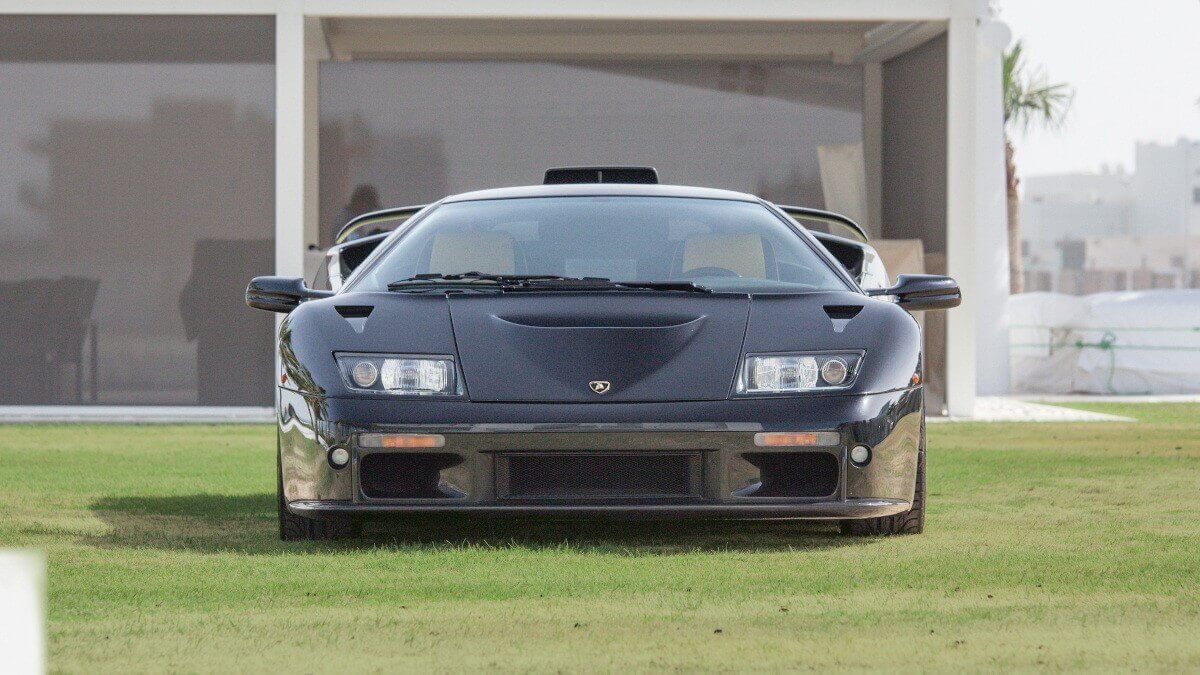



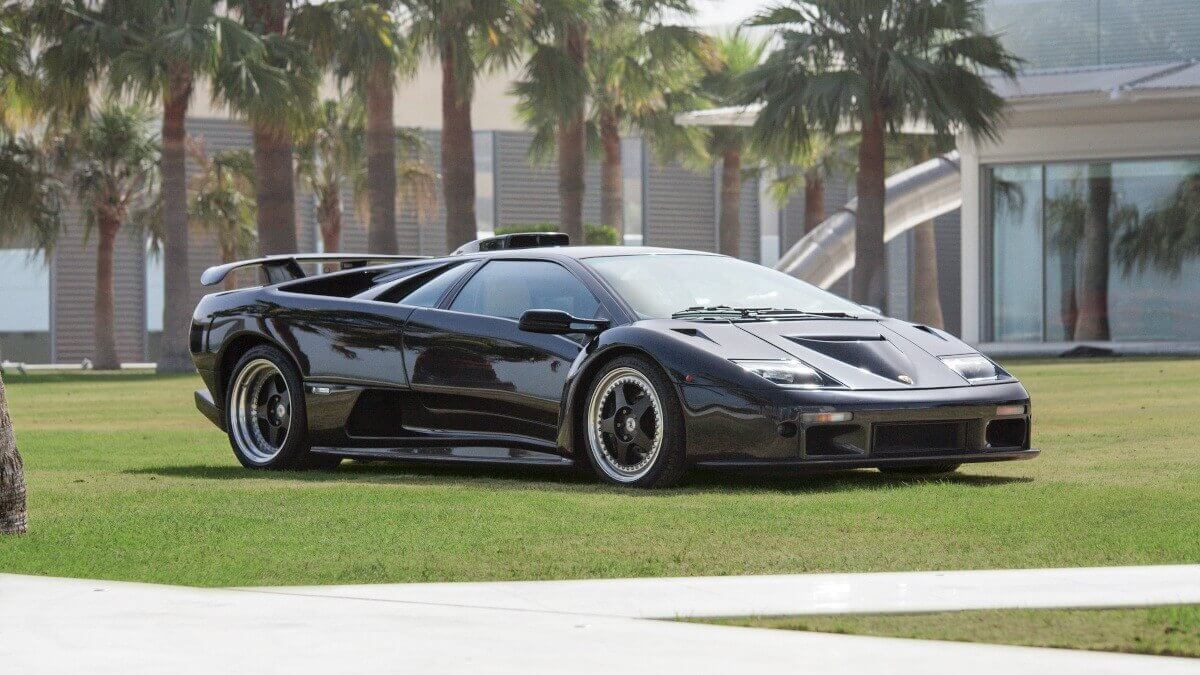



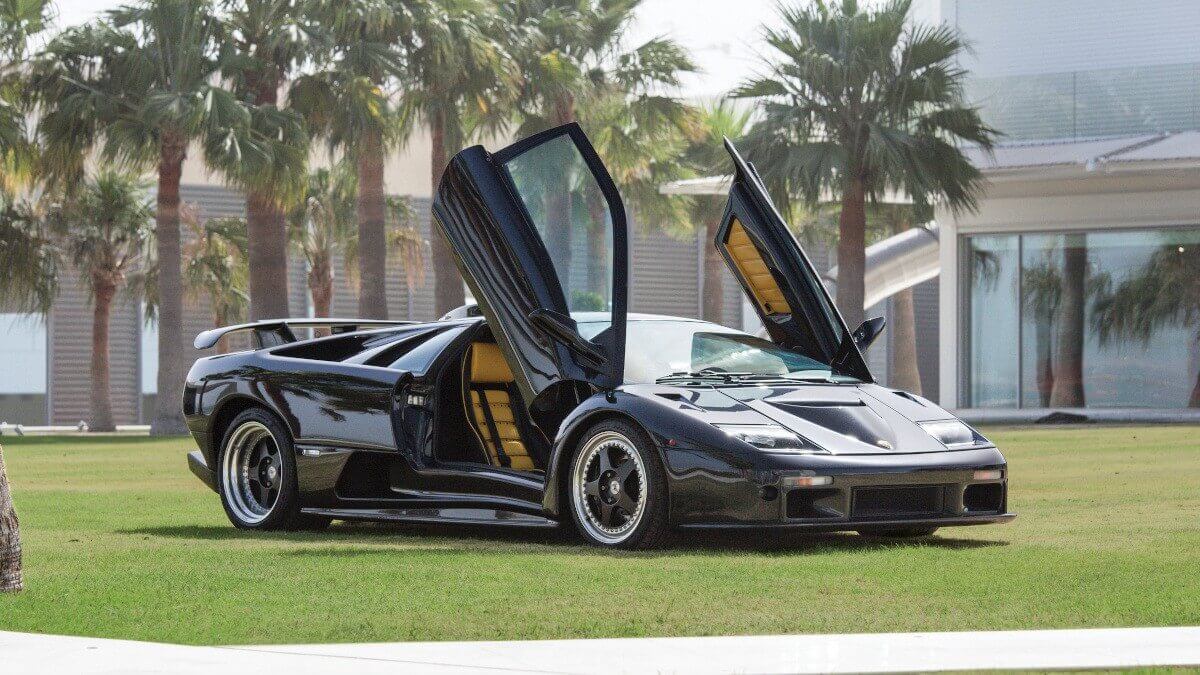



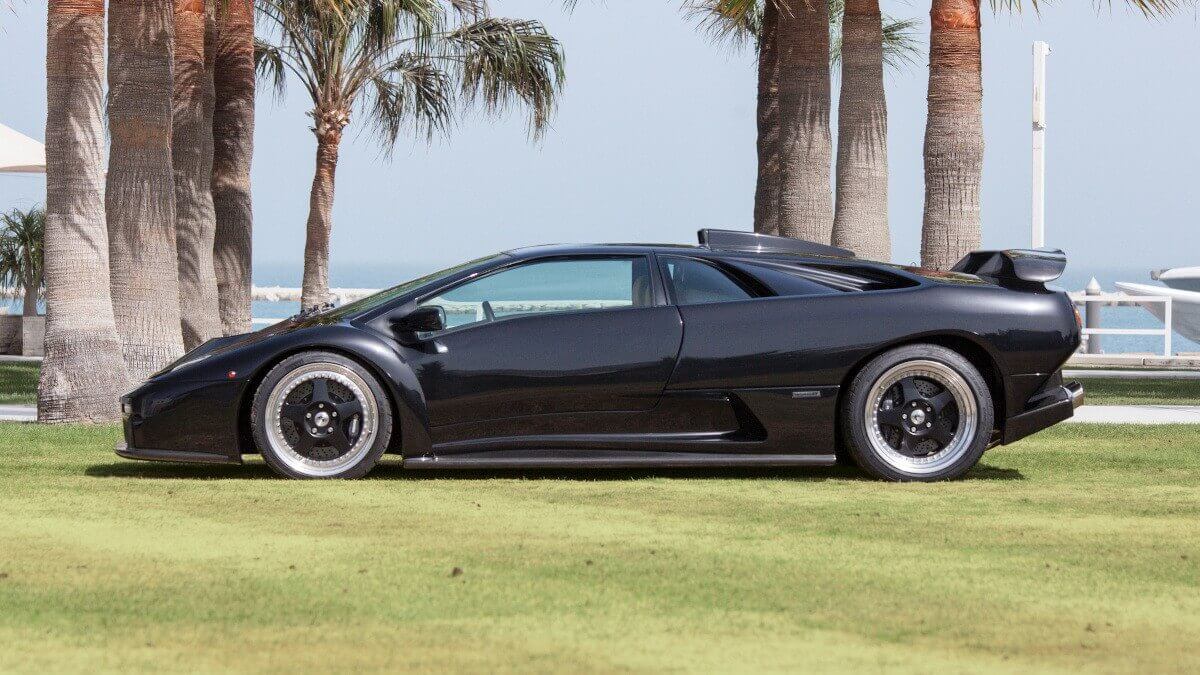



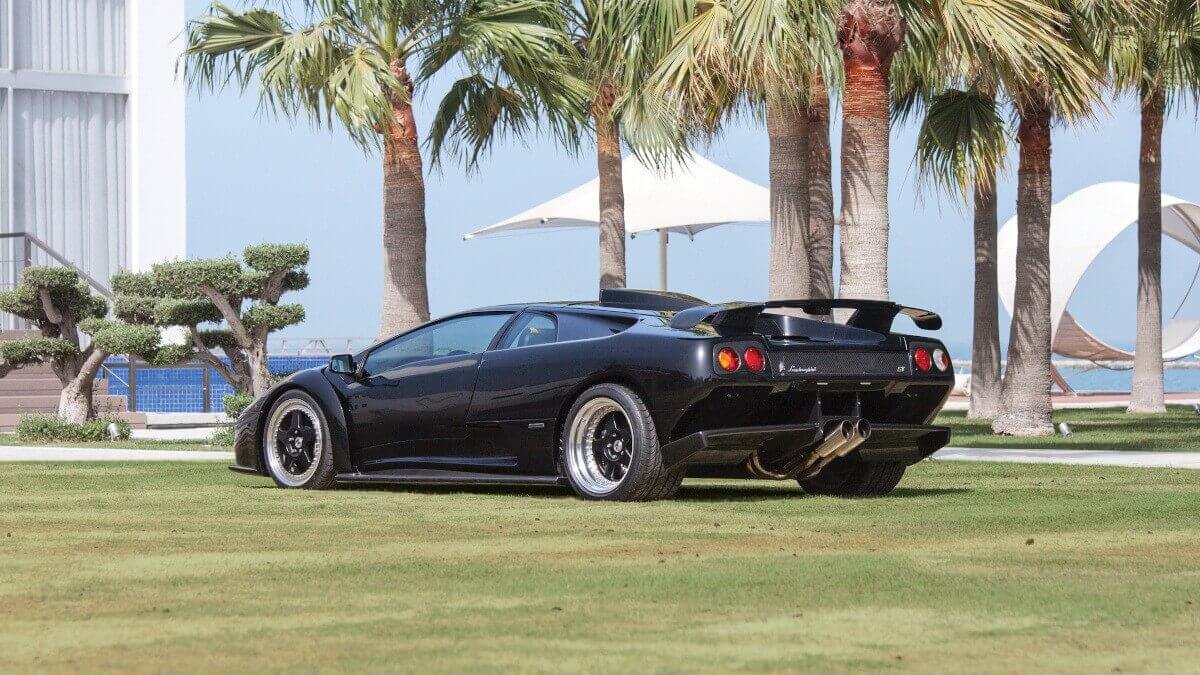



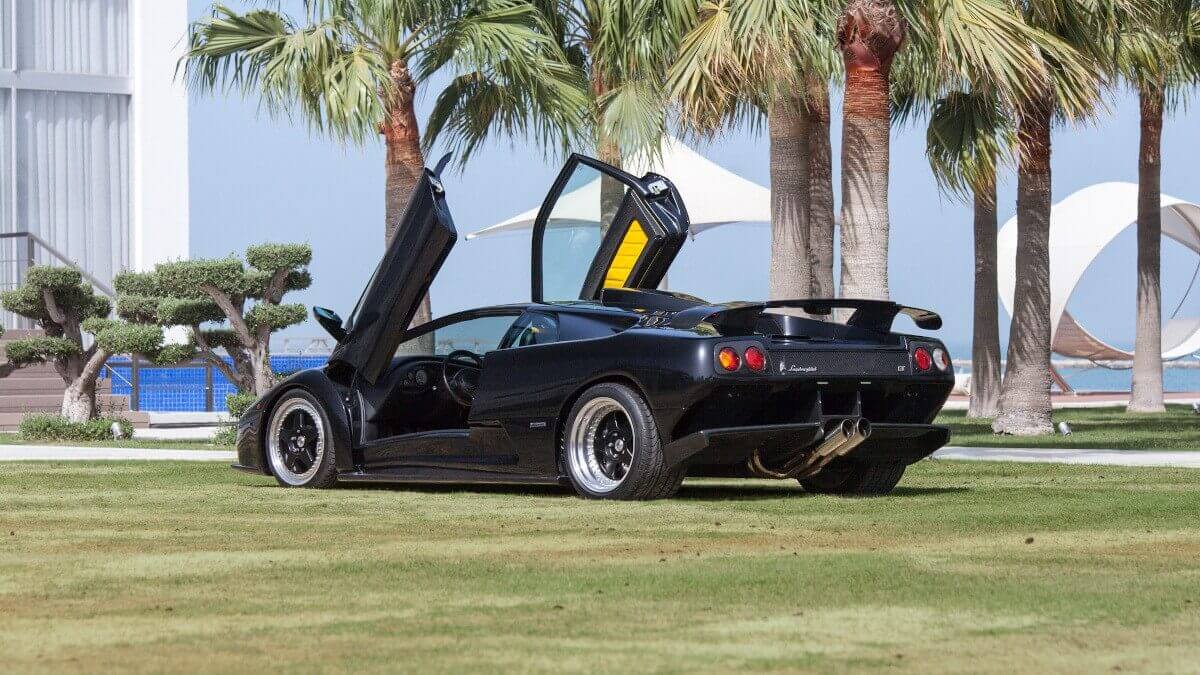



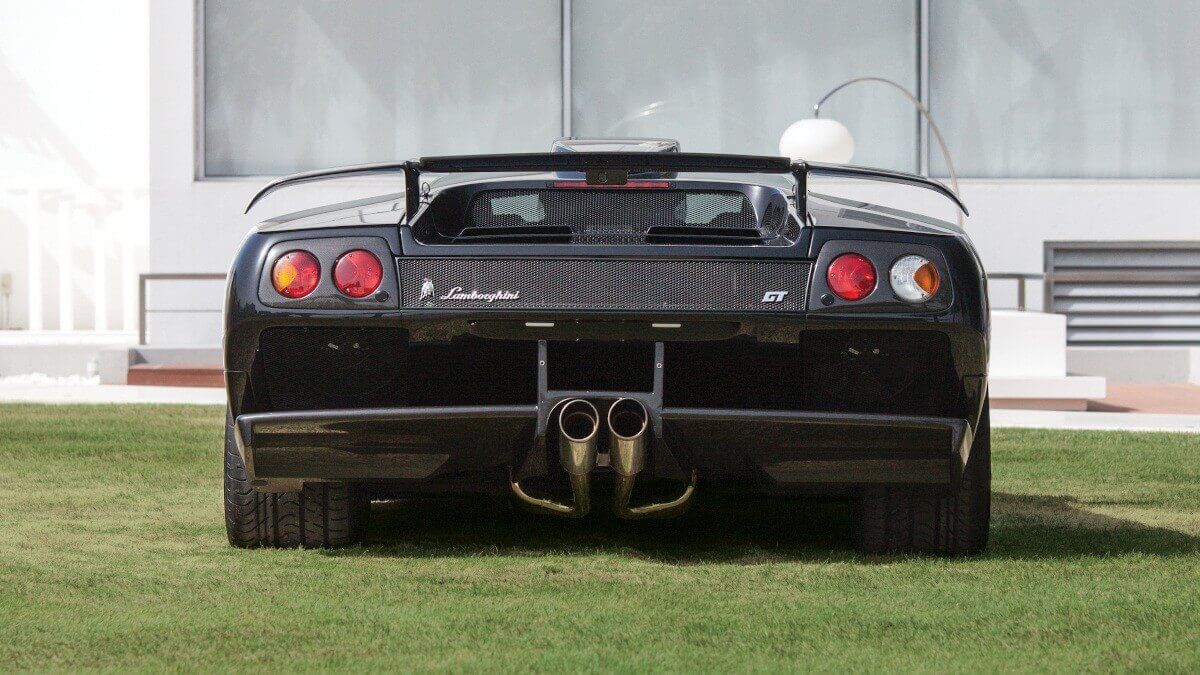



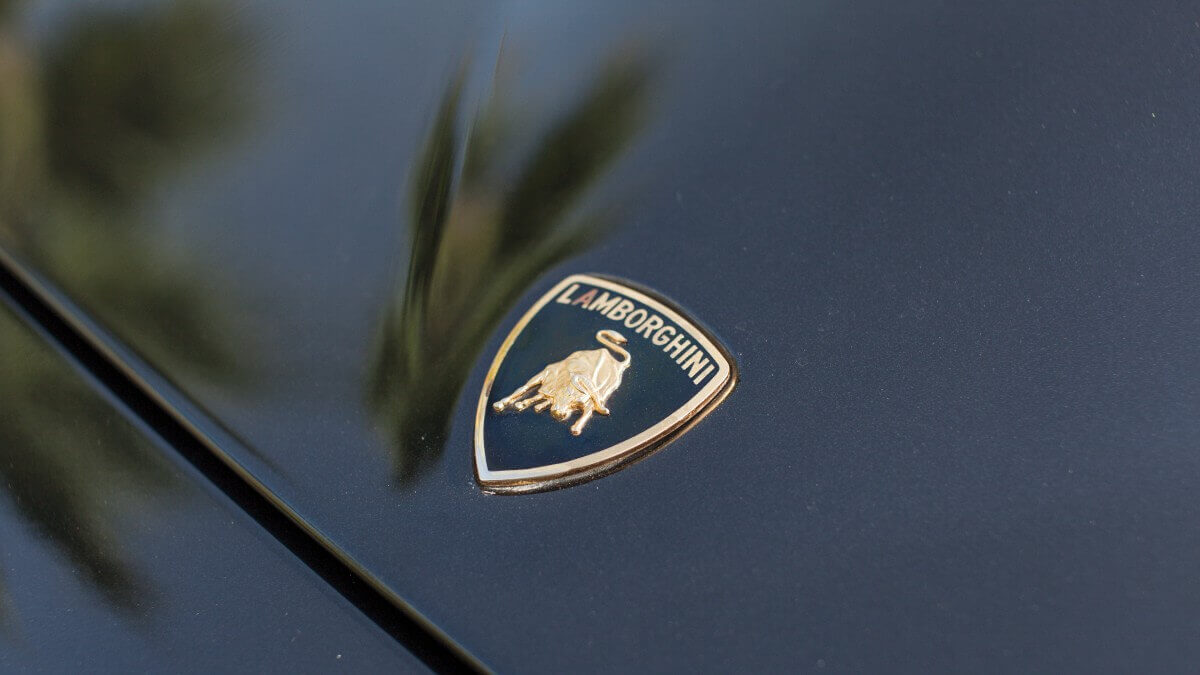



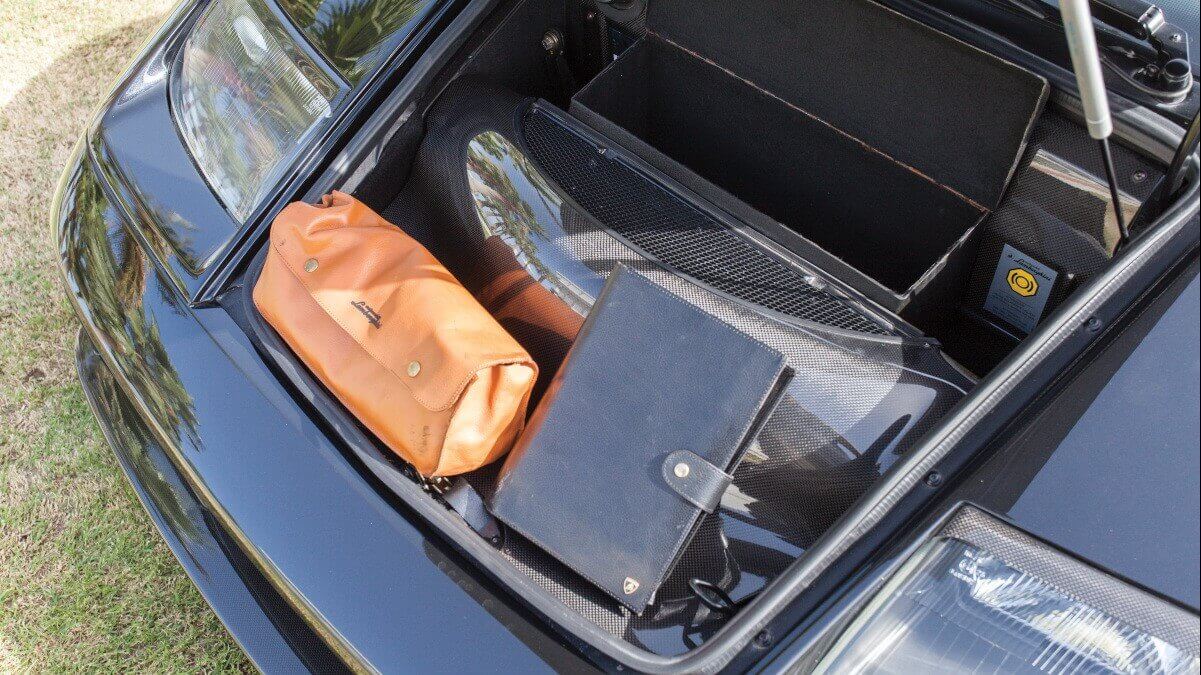



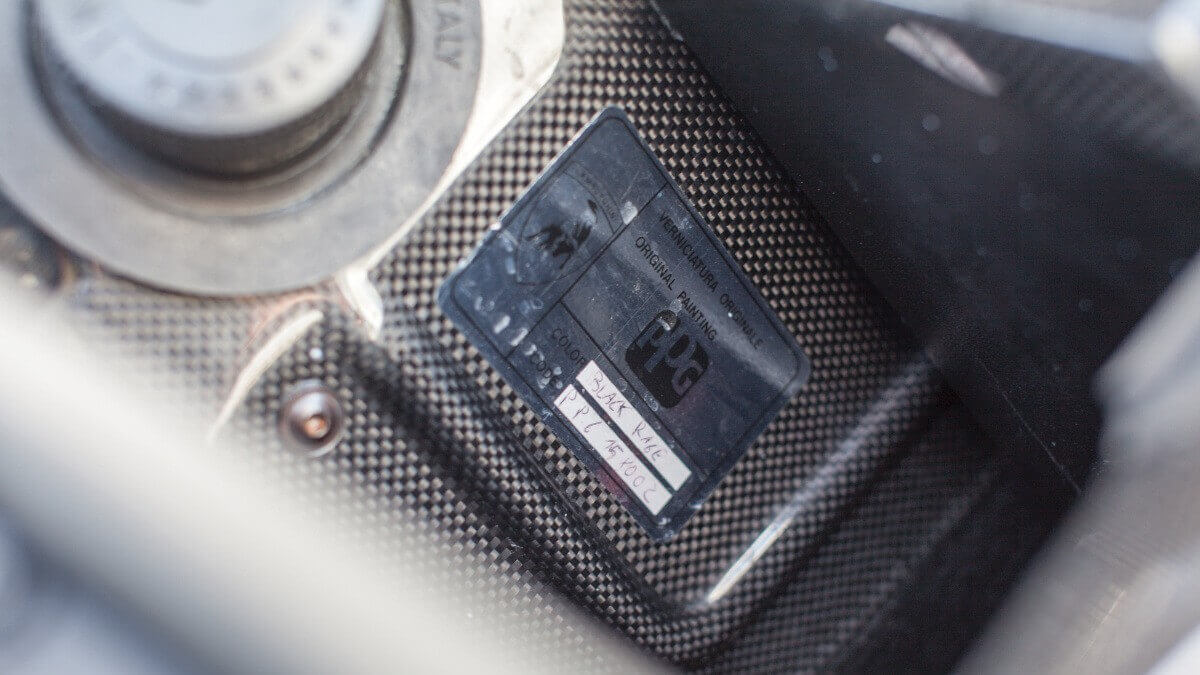



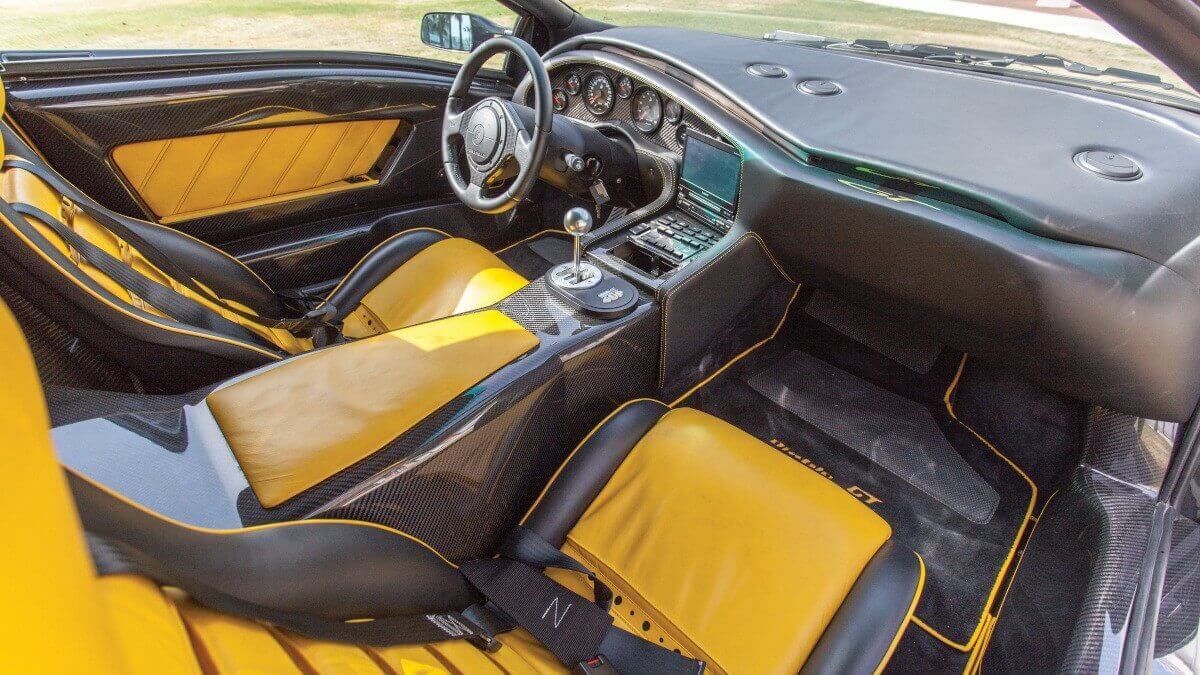



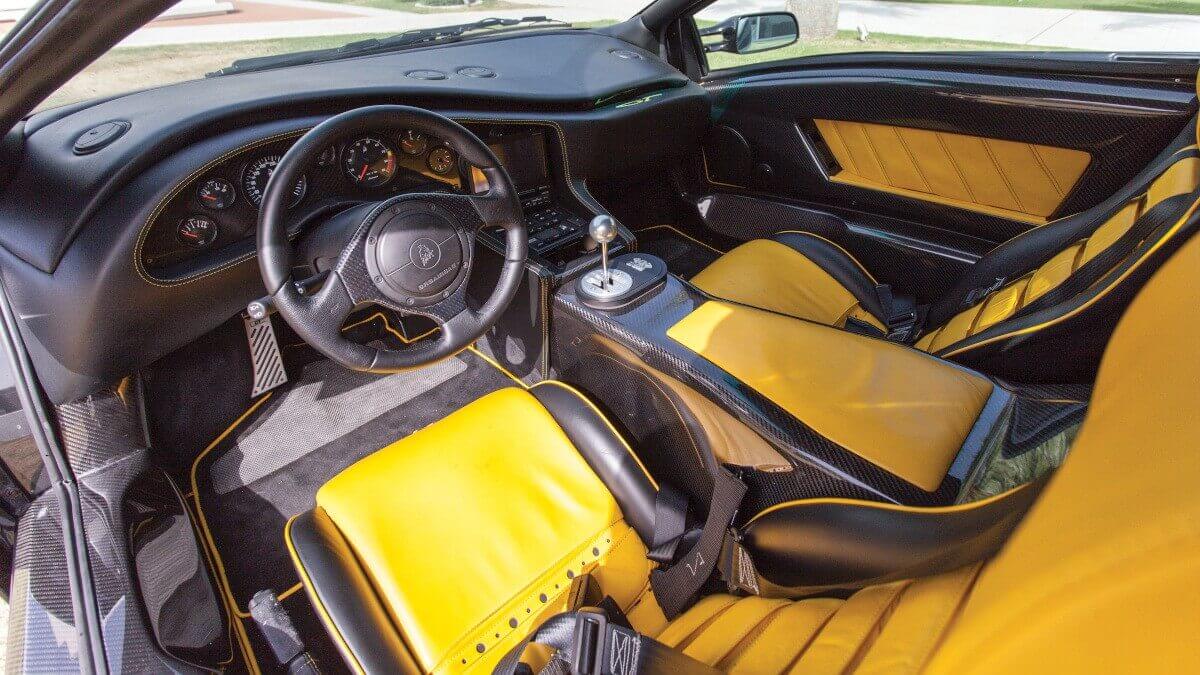



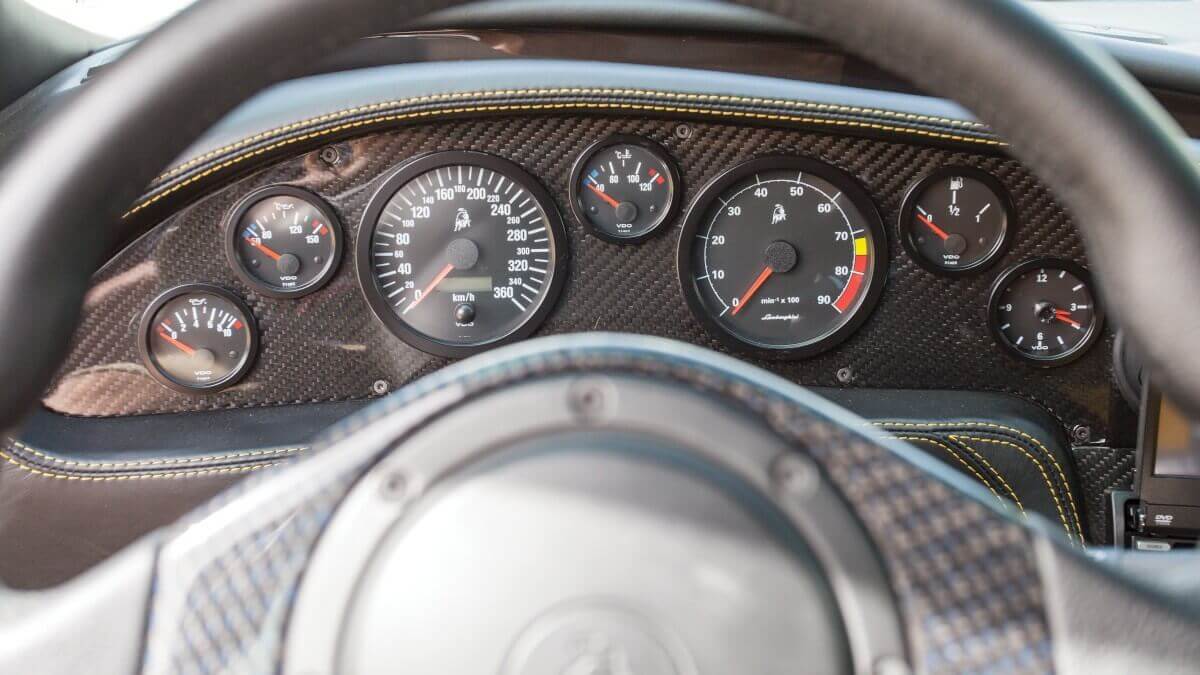



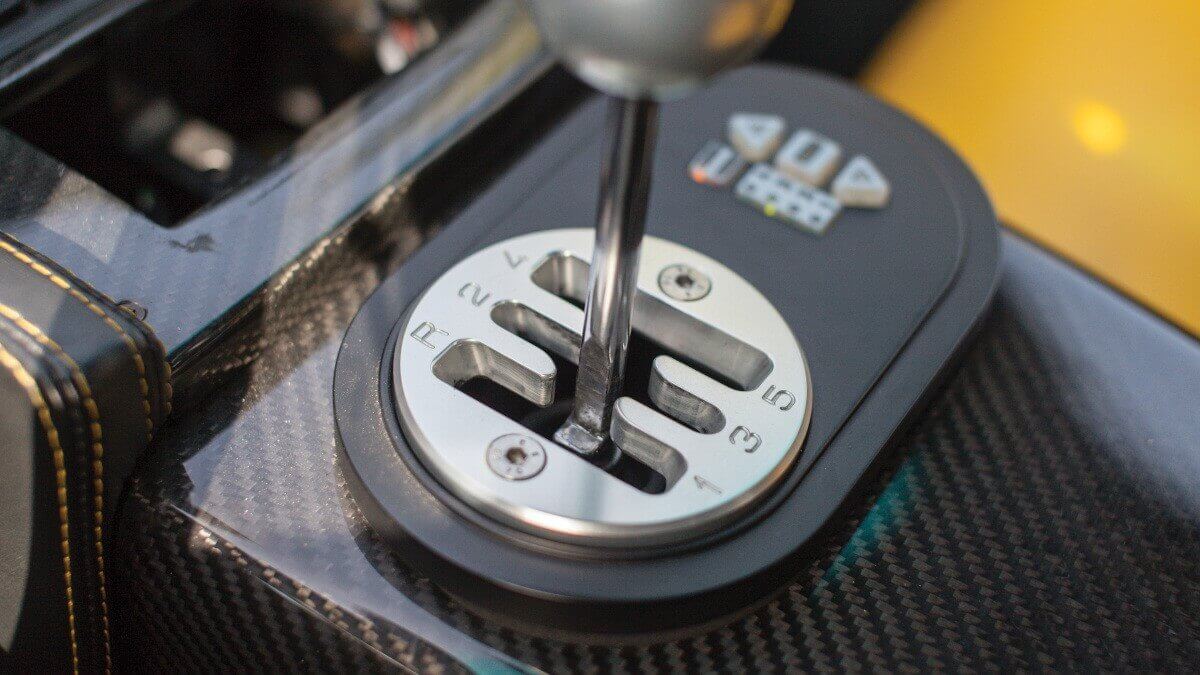



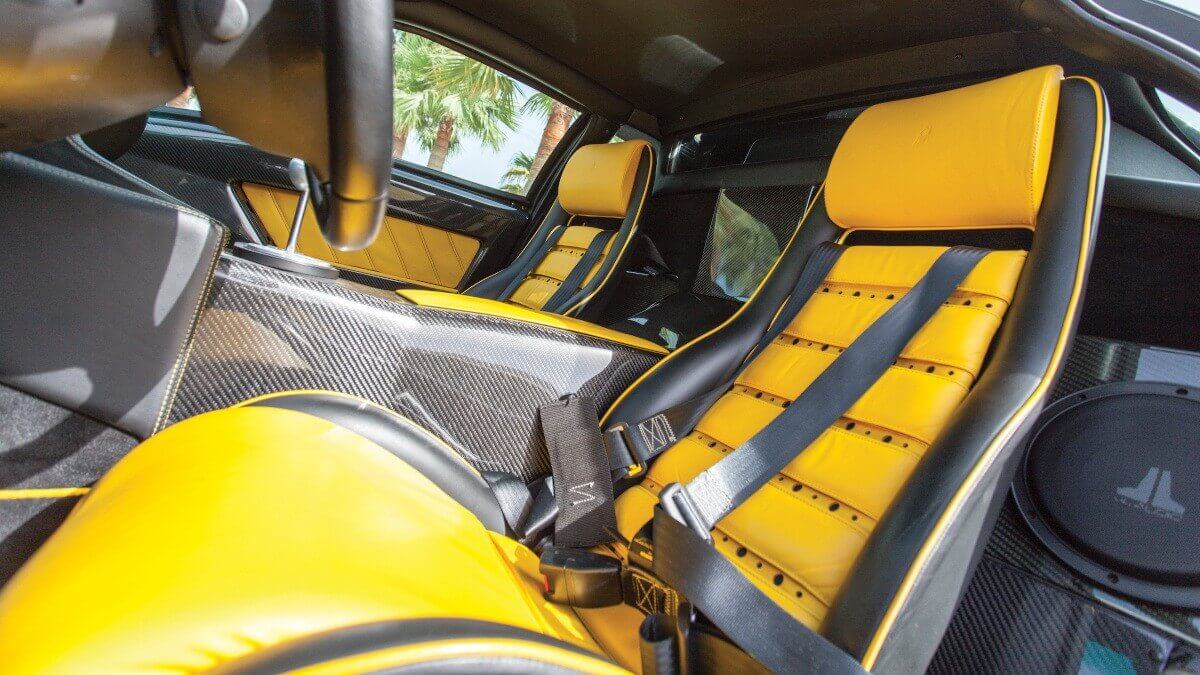



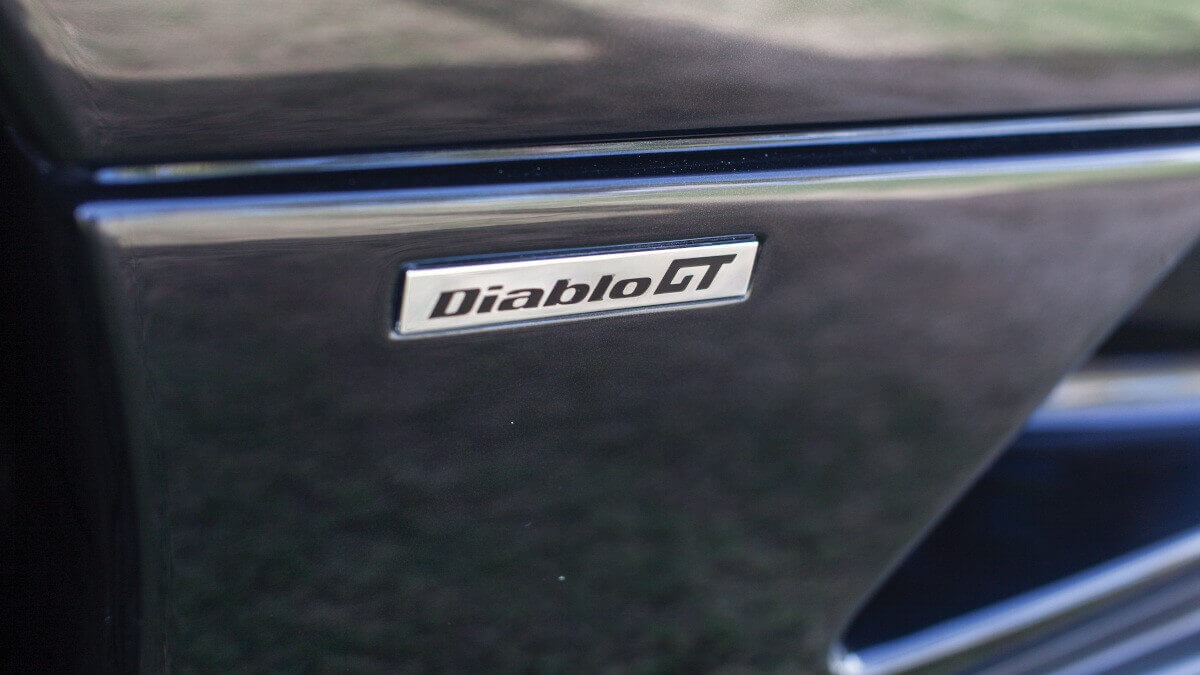



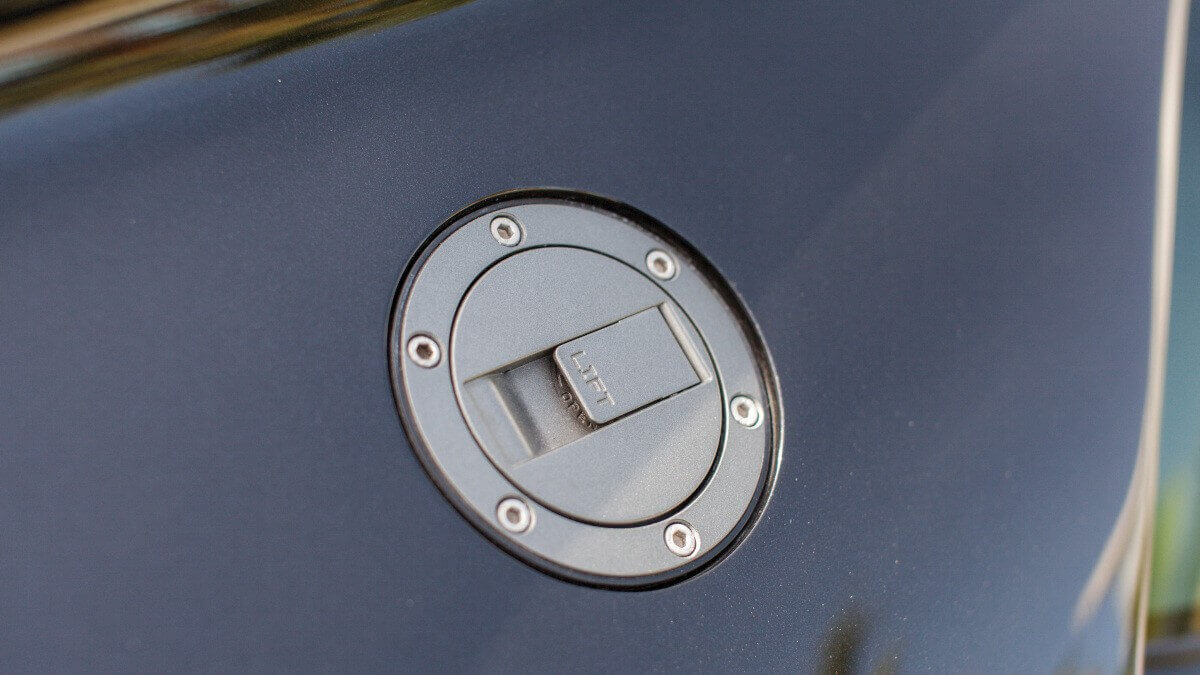



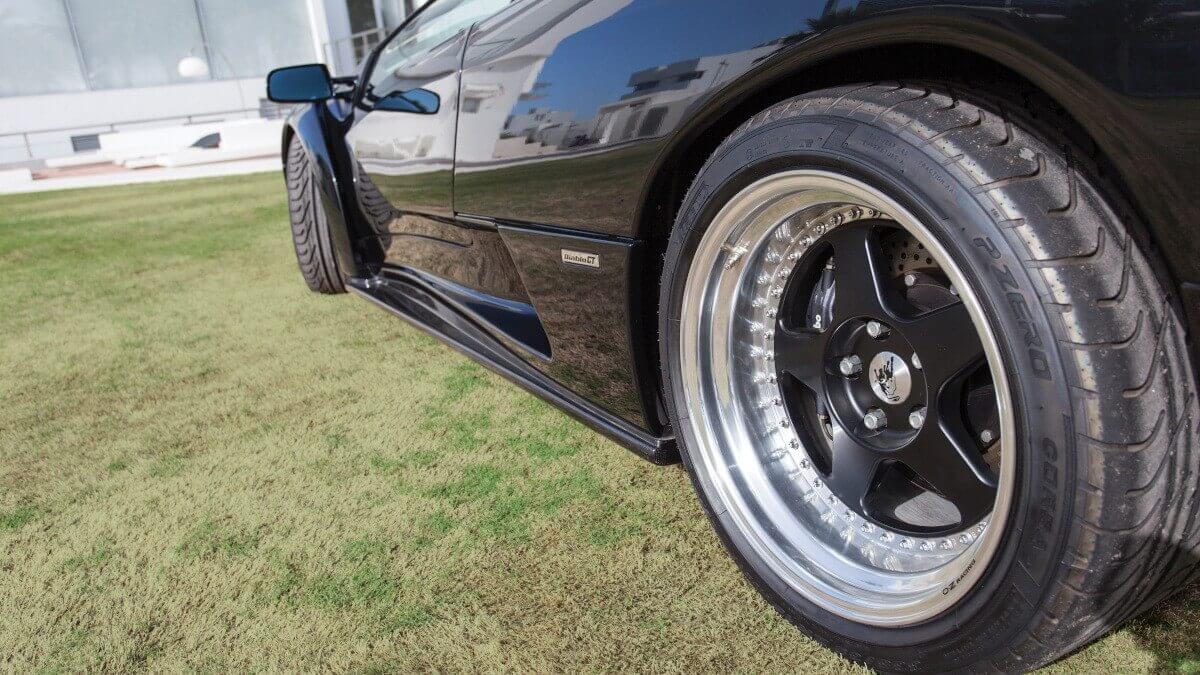



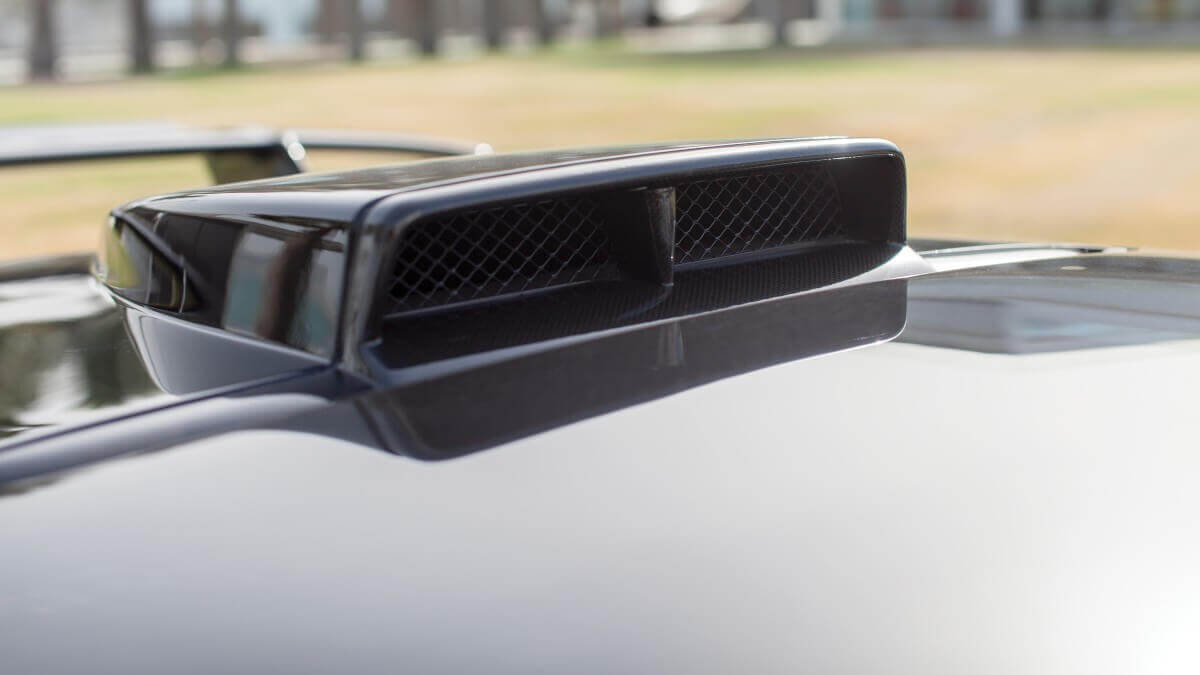



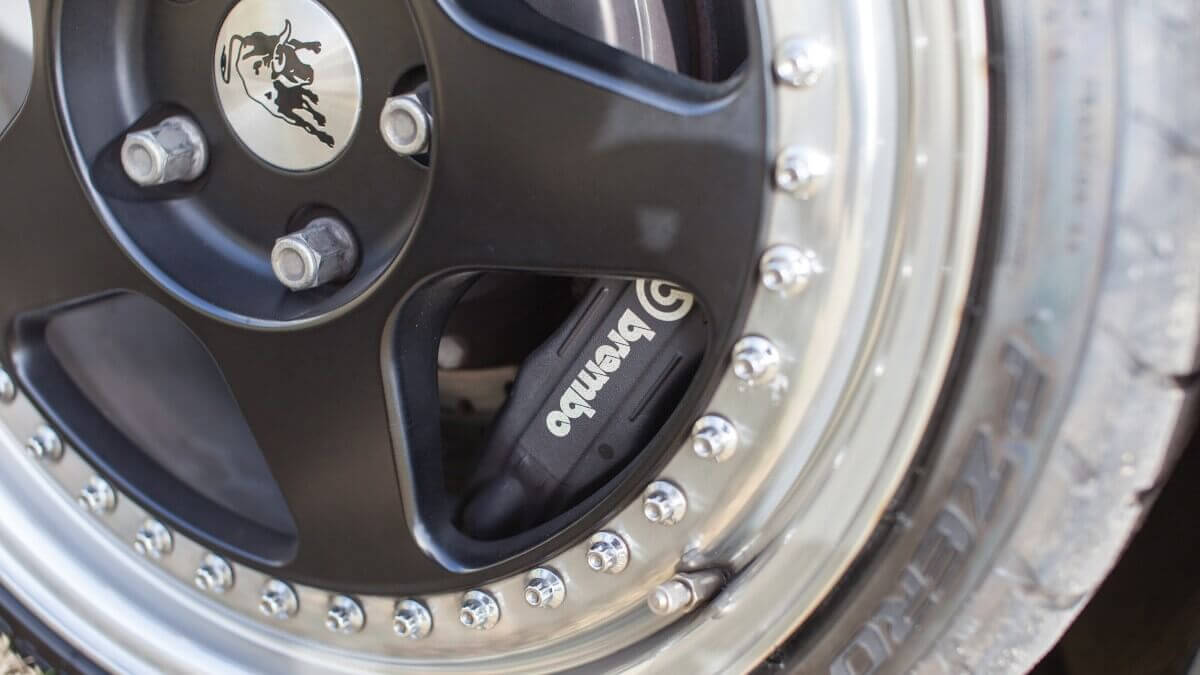



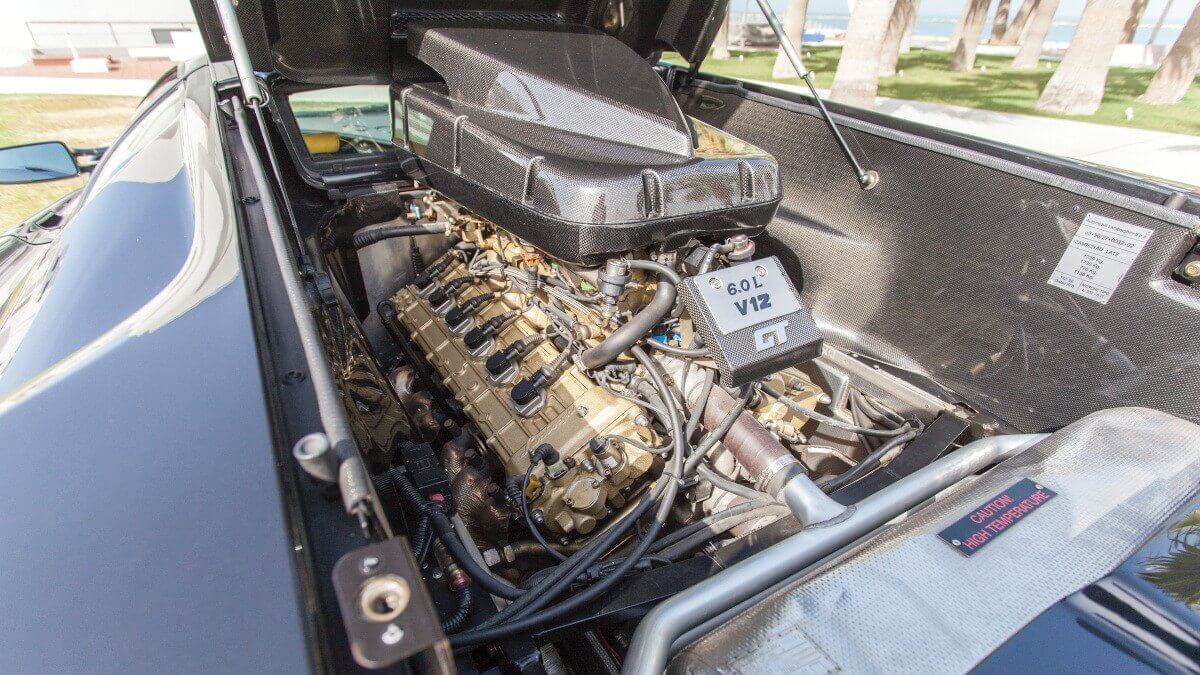



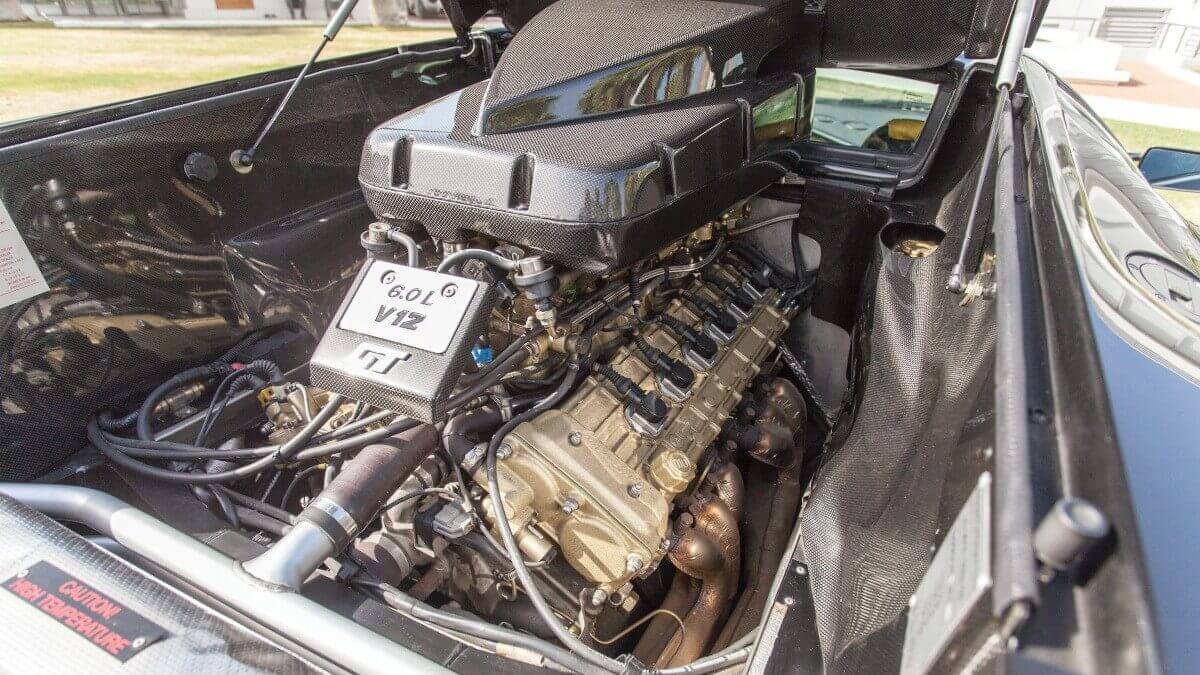



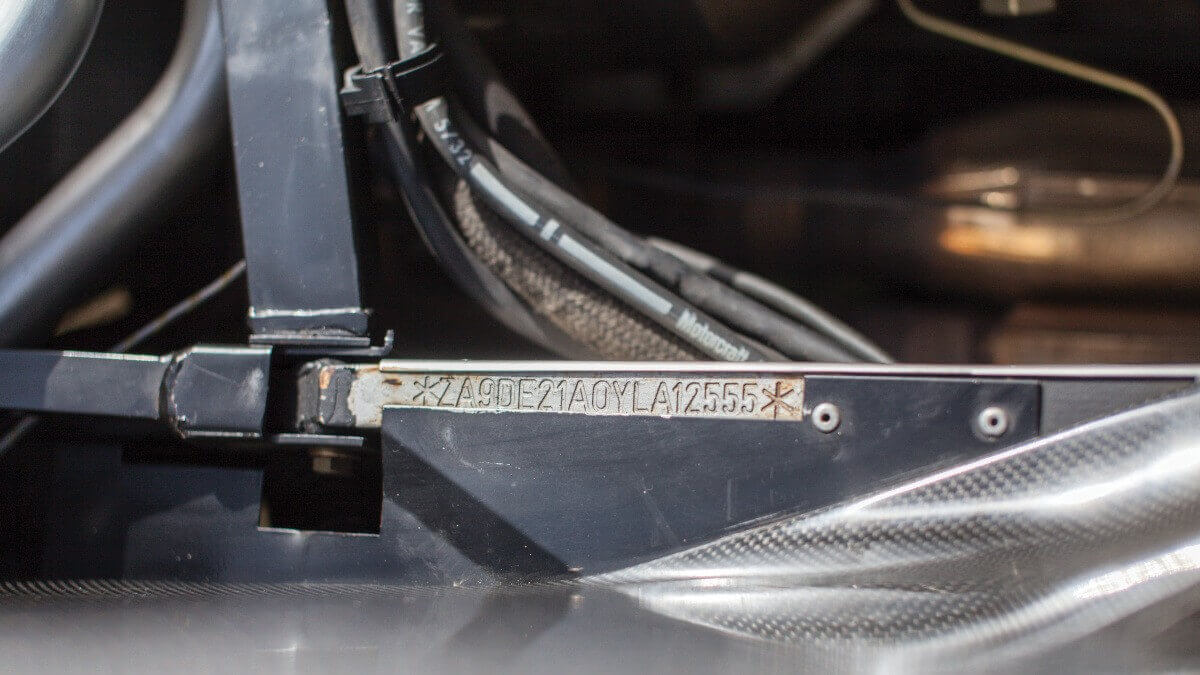



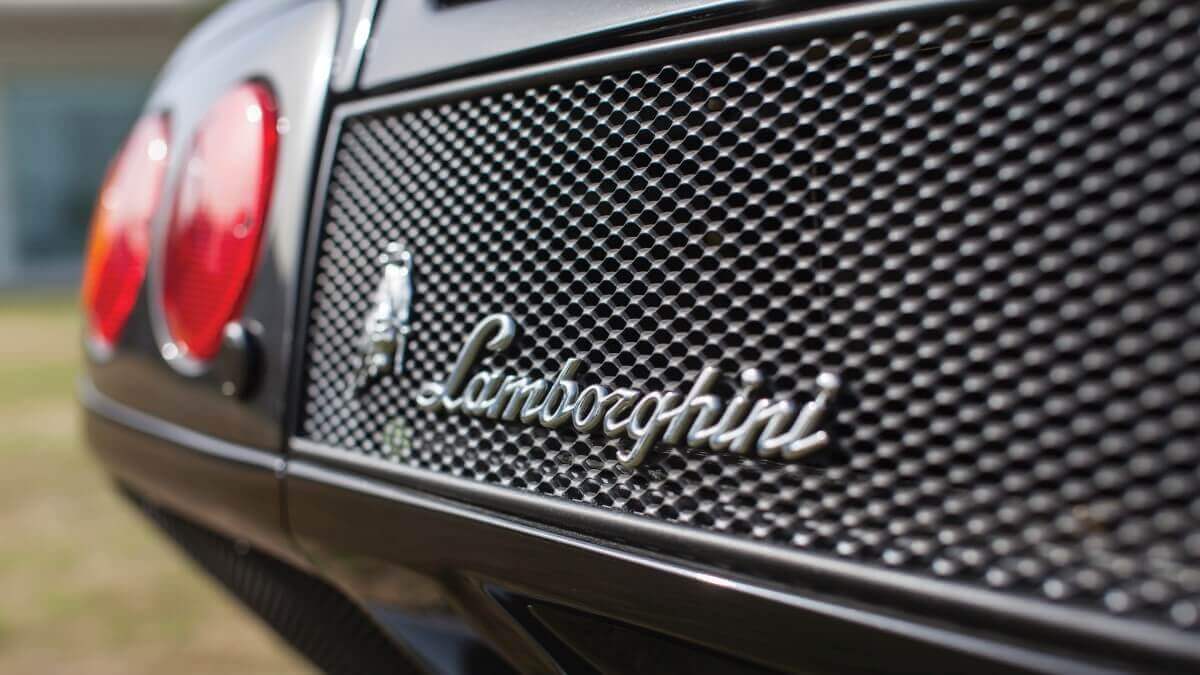



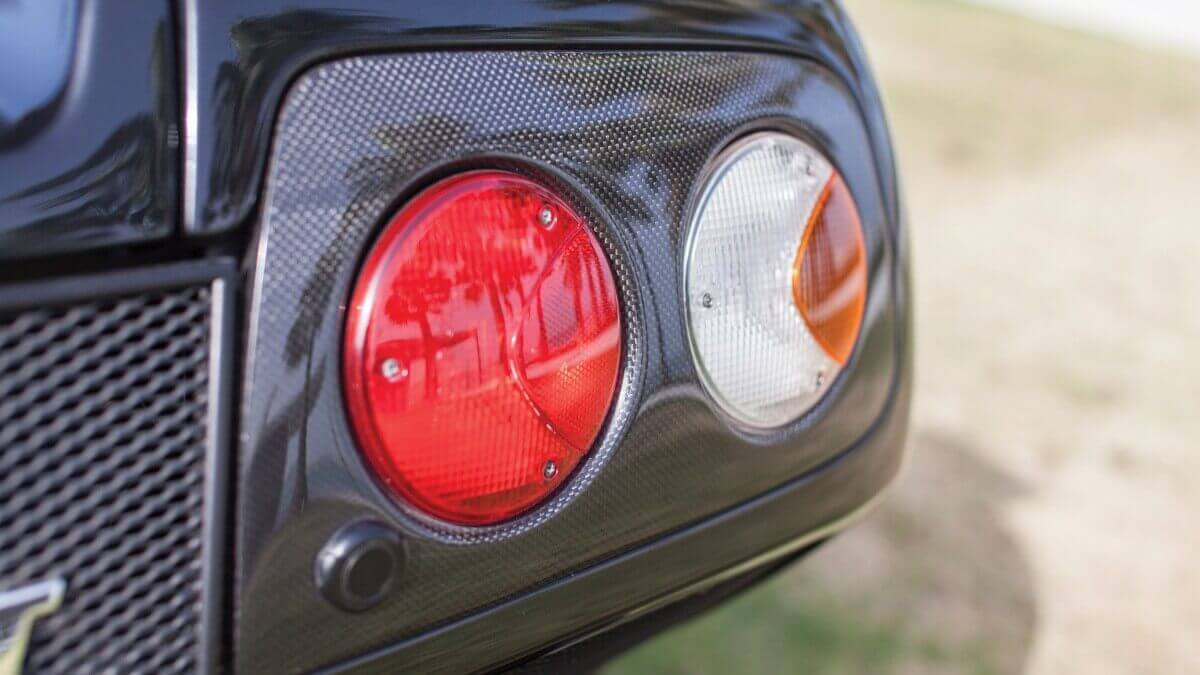



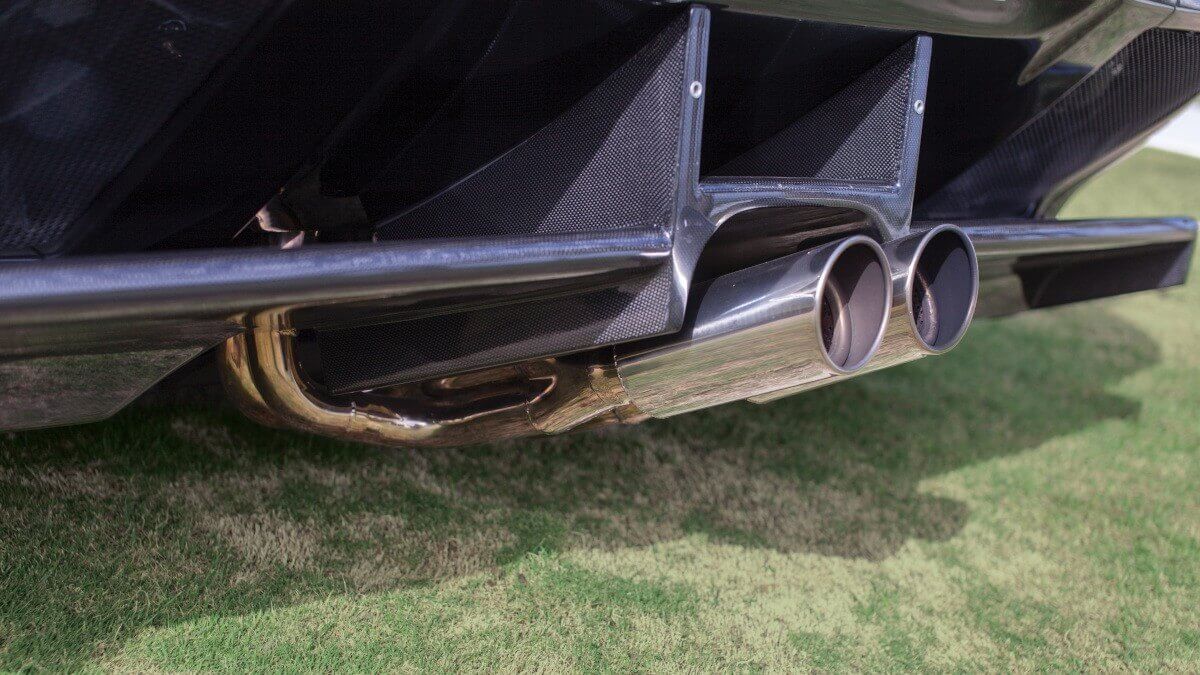



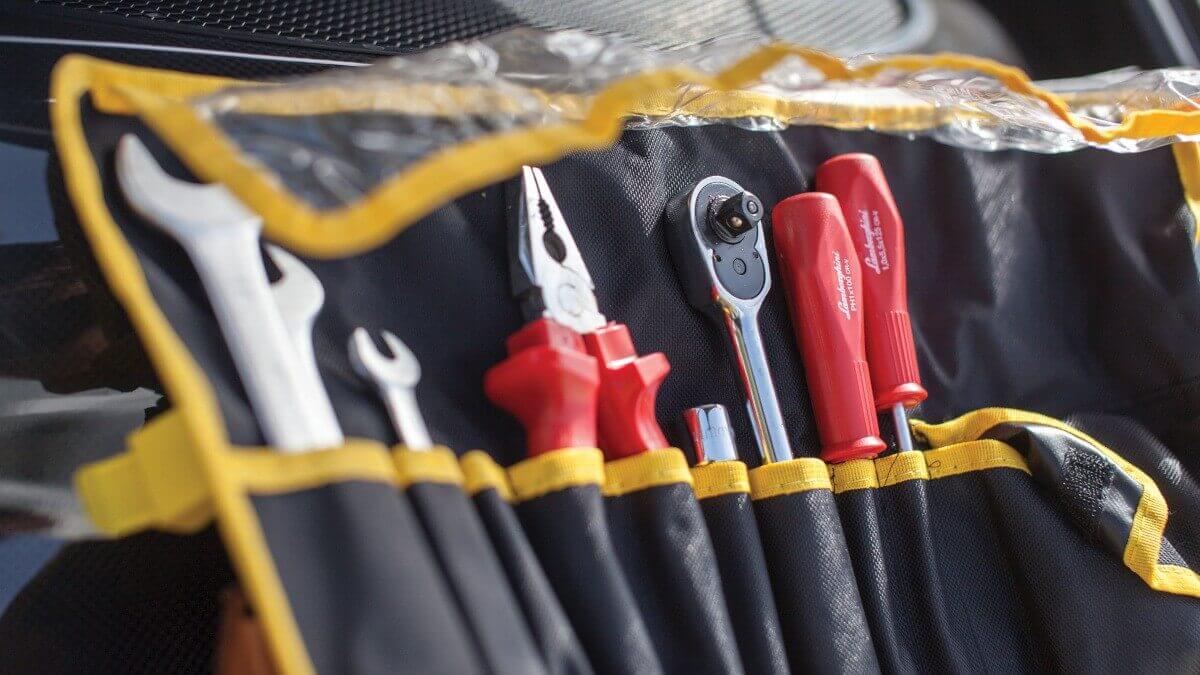



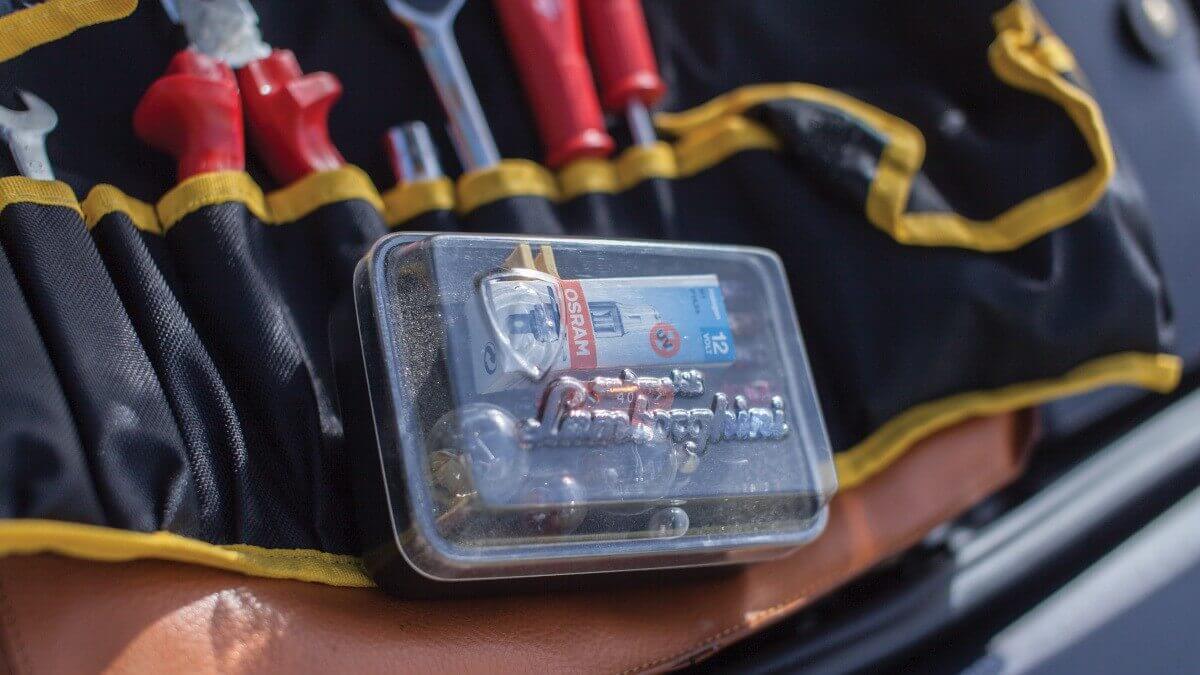



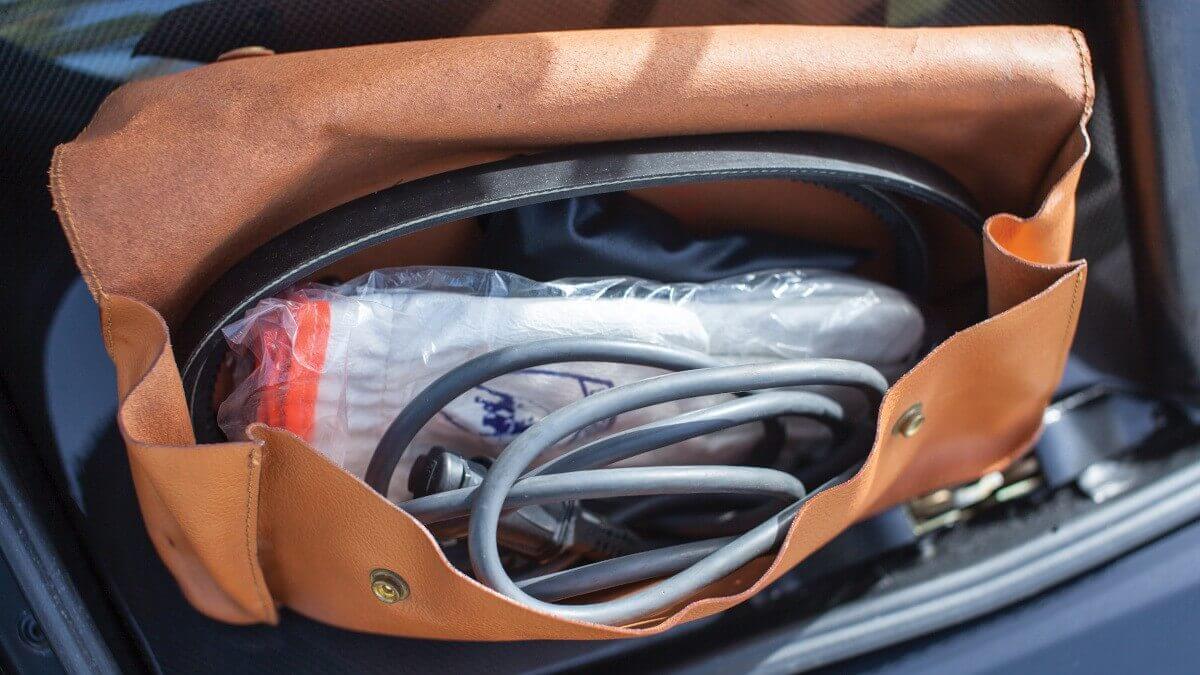



1999 saw the debut of the completely redesigned Diablo, which now carried permanently installed headlights under glass covers instead of head-up lights and also redesigned taillights. In addition, Lamborghini at the Geneva Motor Show presented the GT as a new road-legal top version. The development of which had incorporated various experiences from GT sports. It received a new front bumper with larger air intakes for the oil cooler behind it, a front hood with a V-shaped air outlet to transport the hot air of the radiator out of the car as quickly as possible and a roof scoop to improve the air flow to the six-liter V12 engine. In addition, there were widened fenders, new side skirts, a wide rear wing and a rear bumper converted into a diffuser. These attachments as well as some other parts were made of carbon fiber. From the normal Diablo they only took over the body-in-white with roof as well as the scissor doors. Thanks to the modified engine, 423 kW/575 hp and 630 newtonmeters of torque were available to reach the rear wheels via a manual five-speed transmission. The elimination of driven front wheels, together with other measures, saved some weight and allowed the car to reach a topspeed of 338 kph (210 mph).
In total, only 80 numbered customer vehicles and three prototypes of the Lamborghini Diablo GT were produced. RM Sotheby’s is offering the number 73 at an automobile auction in Abu Dhabi on 30 November. Originally, the Garage R. Affolter in Porrentruy/Switzerland delivered this vehicle painted in ‘Black Rage’ to a customer from Moscow. The Diablo remained in Russia until 2015 and then reached the south coast of Spain via Lamborghini Spain in Madrid. About a year later, the current owner bought the car. In addition to the factory-fitted standard seats in black and yellow leather, the car also includes the optional radio, the original toolkit and the operating instructions. RM Sotheby’s hasn’t yet provided any information on the expected hammer price.
Images: RM Sotheby’s, Ahmed Qadri




